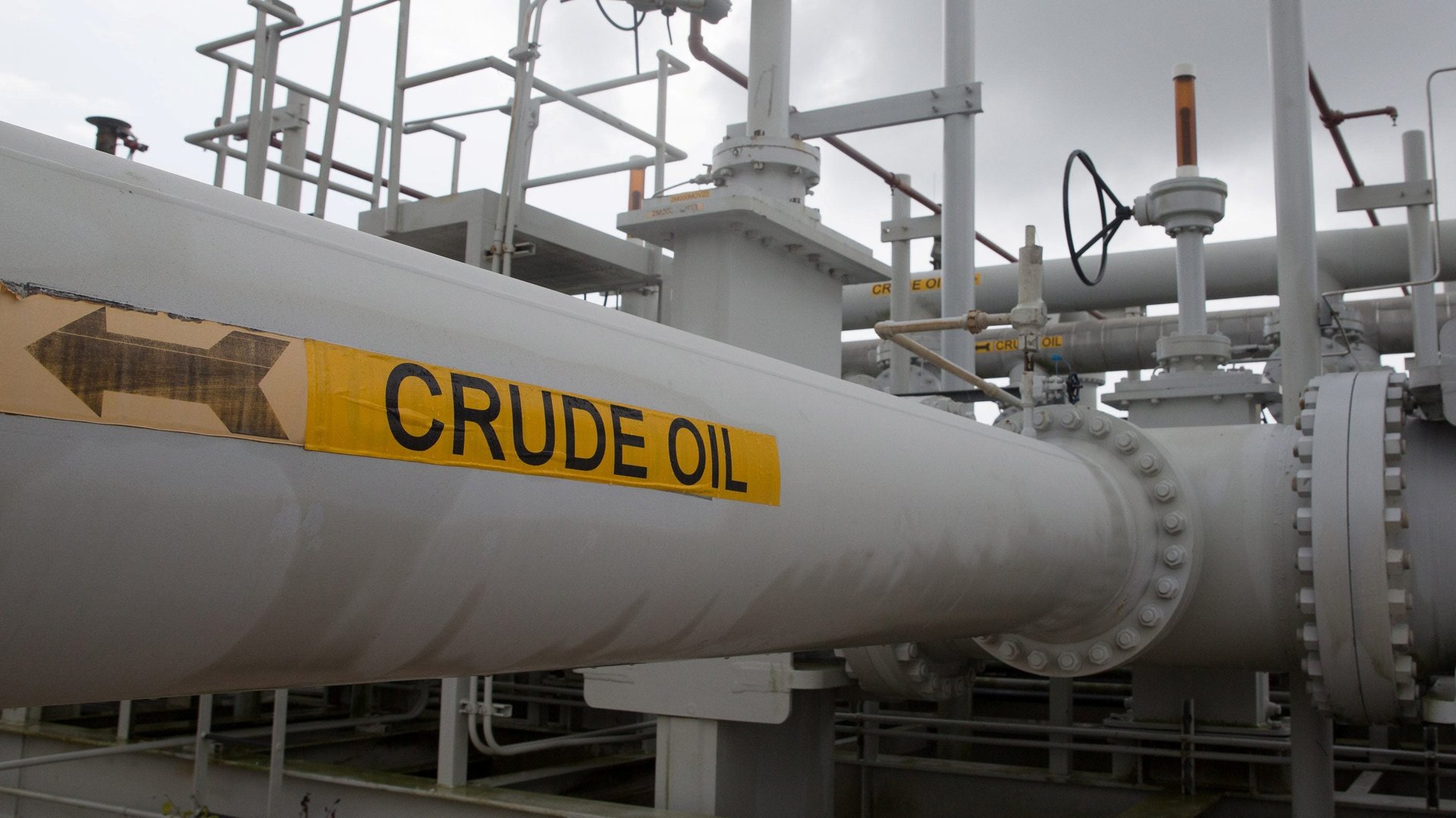Where does the US stash its strategic oil reserves?
In an effort to combat rising energy prices, the US government is dipping back into its strategic petroleum reserve with its largest oil release in history, putting out 180 million barrels over six months. It would be the largest such withdrawal from its reserves since they were first set up in the wake of the 1973 oil crisis. But will it work?


In an effort to combat rising energy prices, the US government is dipping back into its strategic petroleum reserve with its largest oil release in history, putting out 180 million barrels over six months. It would be the largest such withdrawal from its reserves since they were first set up in the wake of the 1973 oil crisis. But will it work?
The release is more than triple what the US has put out from the reserve in recent months. It would move up global oil production by 1% and US oil production up by 10%, said Brian Prest, an economist with Resources for the Future, a nonprofit that does energy research.
Not only would this be an historic amount of oil being released from the reserve, but the pace at which it would be released also would be historic. In the past, the US has never drawn down more than 864,000 barrels per day.
How many barrels of oil are in the strategic reserve?
While the new release will make a dent in global oil prices—already today (March 31) they were down around 6% after Biden’s announcement— the supply increase won’t bring oil prices back down to 2021 levels, Prest said.
But the US is good for it. Its strategic reserves are spread over four sites in the southern US, on the Gulf Coast, where tankers can easily make deposits and withdrawals. In total, the maximum capacity of the reserves runs to 714 million barrels, according to the US Department of Energy. The capacity doesn’t always run full, though. As of March 22, the reserves held 568 million barrels of oil.
These stocks are useful in times of deep emergency: The US released reserve oil during the First Gulf War, when oil supplies out of Iraq and Kuwait were disrupted, and also after Hurricane Katrina. But the government periodically loans reserve oil to private companies or alleviates dire market fluctuations. In fact, the US has already drawn on the reserves twice in the last half-year: once to the tune of 50 million barrels in November, and again for 30 million barrels in early March.
How does the US store its reserve oil?
The US doesn’t actually use wooden barrels for storage, of course. In these sites, the oil is stored in large underground salt caverns. One cavern’s silhouette resembles a giant flying saucer; another is big enough to accommodate Chicago’s Willis Tower. These are created by injecting fresh water into subterranean rock salt formations, dissolving and washing away the salt until the caverns are hollowed out.
To create enough space to store a barrel’s worth of oil requires seven barrels’ worth of fresh water. Once the chambers are filled with oil, workers cannot access them, so everything has to be done remotely. When engineers want to extract deposited reserves, they pump more water down into the caverns, displacing the necessary quantity of oil that can then be piped to the surface.
In total, the facilities cost around $5 billion to build, and the average price at which a barrel of this oil was purchased is around $29. Which means that, when global supplies shrink and prices surge, as they’re doing now, the US can turn a profit on the oil it sells out of its reserves, even as it soothes anxieties about an oil shock. The reserve locations can extract 4.4 million barrels a day; once the president decides to use these reserves, it requires 13 days to pull out the oil and bring it to market.
How much oil does the US use?
A million barrels of reserve oil a day won’t fix everything. The US imported around 8.5 million barrels daily in 2021, according to the Energy Information Administration, and its total use of oil per day—imported as well as domestic—runs to around 20 million barrels. And not every country has a similar reserve. Japan and China do, for instance, but the UK does not. Global worries about oil and the Russia-Ukraine war will keep pushing prices upwards.
But drawing on US reserves can, at least, address the domestic demand for oil. In Dec. 2021, the US imported around 12.5 million barrels of oil from Russia; the highest monthly imports from Russia last year, in May, ran to 26 million barrels. A million barrels a day—or 30 million barrels a month—offers a comparable volume of oil into the market, an ad hoc solution while the world waits for the war to end.